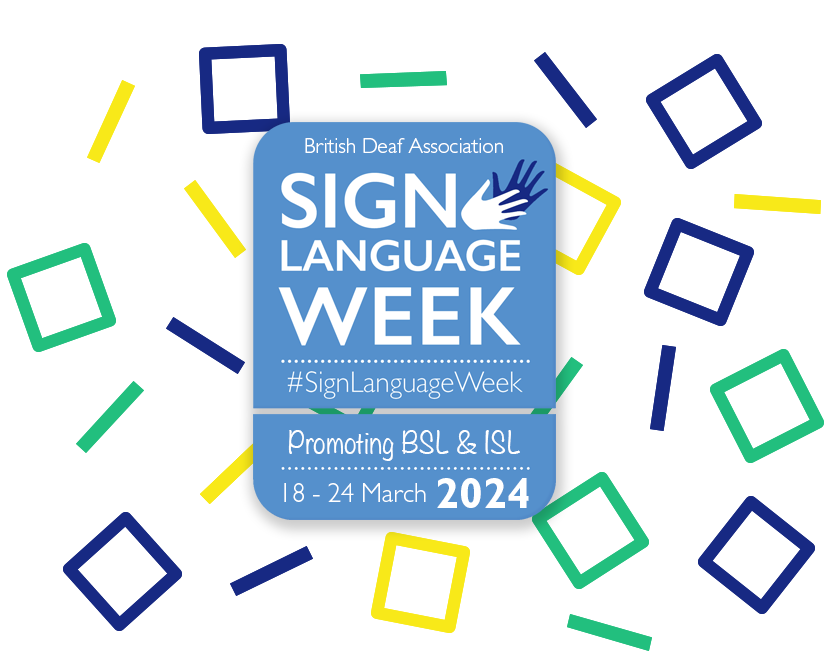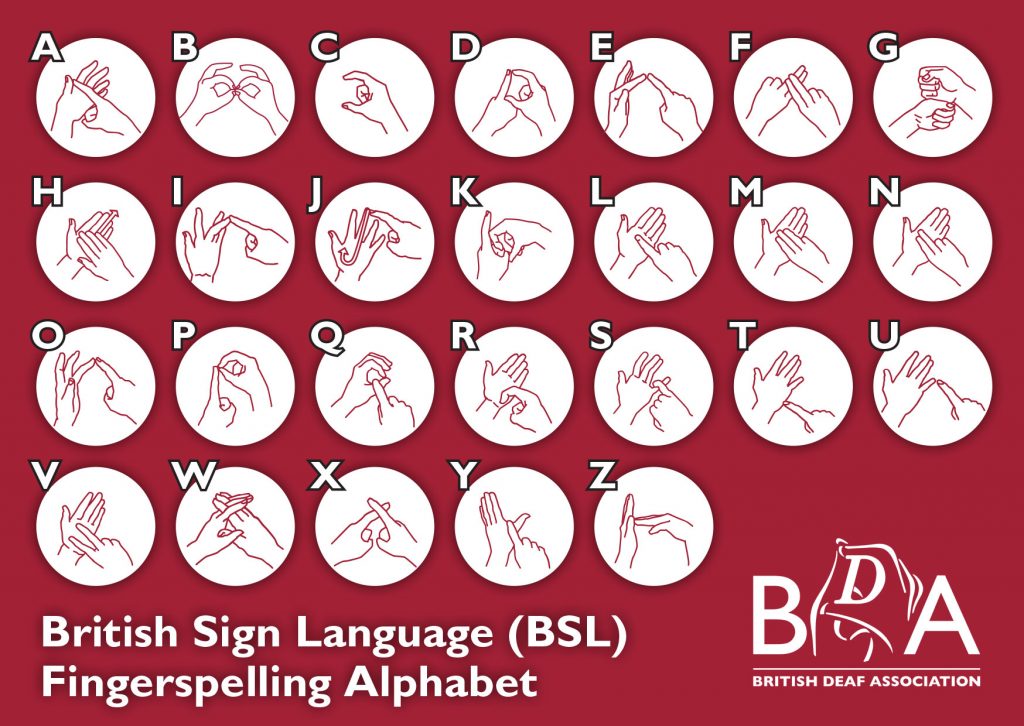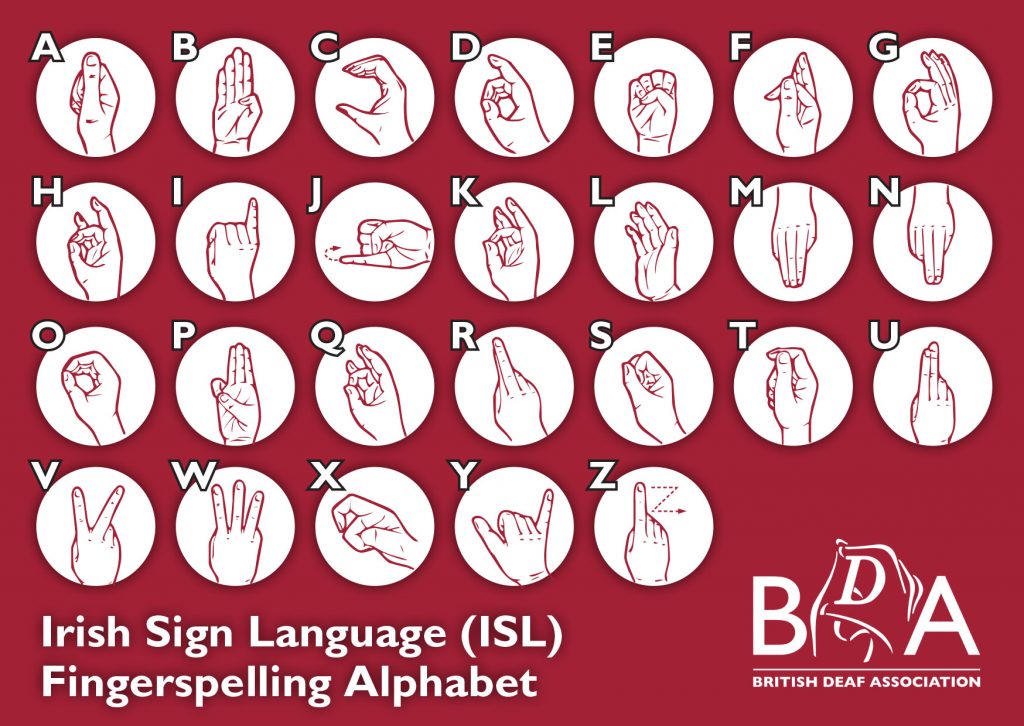What is BSL & isl?

BSL
British Sign Language (BSL) is the preferred language of over 87,000 Deaf people in the UK for whom English may be a second or third language.
BSL is a rich, visual-gestural language with a distinctive grammar using handshapes, facial expressions, gestures and body language to convey meaning. It helps to build a sense of community and belonging for Deaf people and highlights Deaf culture, identity, community and history, reflecting unique characteristics found amongst the population of Deaf people
FIND OUT MORE
Visit the BSL and ISL awarding body, Signature's website, to enrol in local classes and learn BSL from Deaf teachers
You can contact your local Deaf organisation by visiting the BSL Alliance website
To contact the Association of BSL Teachers and Assessors on promotion, training, and development around BSL education, visit their website.
FIND OUT MORE
To reach out to the BDA Northern Ireland office, please visit our website
If you wish to enrol in Irish Sign Language (ISL) lessons, you can find more information on the Signature website
ISL
Irish Sign Language (ISL) has developed over centuries, much like British Sign Language (BSL), featuring its own signs, grammatical rules, and cultural customs.
Widely adopted by a significant portion of Northern Ireland's Deaf community, around 1,500 individuals use ISL. Additionally, ISL is used across Ireland.
Coming soon
We're updating this page
British Sign Language (BSL) is the signed language used by thousands of Deaf and Deafblind people and their families in Great Britain and Northern Ireland.
There is currently no consensus as to the total number of BSL signers, which also includes professionals who work with Deaf people, such as BSL/English interpreters and translators, Communication Support Workers, and Teachers of the Deaf, among others.
BSL is a full, natural language in its own right, distinct from English. As a signed (rather than spoken or written) language, BSL uses the entire body to express complex meaning in a three-dimensional signing space.
Contrary to popular belief, sign language is not universal. There are hundreds of different signed languages around the world which have developed wherever Deaf communities have gathered. For example, American Sign Language and British Sign Language developed separately due to geographical distance. Sign languages can also reflect regional differences, similar to dialects in spoken languages. For instance, the signs used for numbers and colours vary considerably around the UK.
Artificial communication systems that make use of signs taken from or inspired by BSL, such as Makaton, Signalong or Baby Sign, are not languages. They differ from BSL in that they follow English word order and use speech and other communication methods such as picture cards and symbols alongside speech and signs. These communication systems are not appropriate for communicating with or teaching Deaf children and adults.
BSL has been in use in the UK for hundreds of years and has changed over time to reflect changes in society and technology, just as spoken languages evolve. Written accounts of its usage are recorded as far back as 1576, although it is reasonable to assume that BSL has existed in some form for as long as there has been a British Deaf community.
British Sign Language was first acknowledged as a language in its own right by the UK Government on 18 March 2003. On 22 October 2015, the Scottish Parliament recognised BSL as a language of Scotland in the BSL (Scotland) Act. In April 2022, the UK Parliament followed suit with the BSL Act, which applies to England, Scotland and Wales. Legislation is currently being prepared in Northern Ireland to recognise the two languages in use there: BSL and ISL.
The British Deaf Association is the guardian of BSL in the UK. Our mission is to promote, protect, and preserve our beautiful, unique, visual language for future generations.


